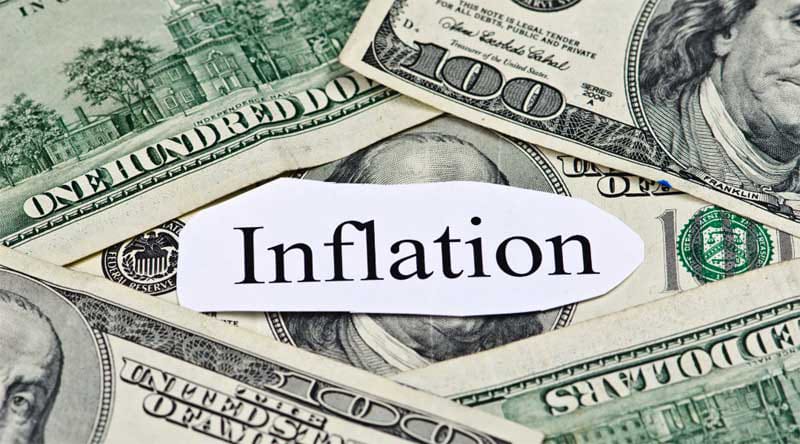US Fed Chair’s stance is unequivocal on containing inflation and ensuring price stability even at the cost of growth; emerging markets to see spillover impact, however, India’s prospects remain strong
US Federal Reserve Chair Jerome Powell’s statement on interest rate hikes is a clear indication that inflation is there to stay. Powell in his statement during the Jackson Hole meeting stated that the central bank would remain aggressive towards inflation containment and would not shy away from significant hikes to sustain it at 2 per cent, even if it meant some compromise with the growth.
The hawkish stance of the US central bank made global markets nervous resulting significant corrections.
The other central banks across the world are likely to follow suit. This means that we are staring a low growth high inflation scenario at least in the medium term. That does not augur well for global consumption and employment.
Even in the last monetary policy speech, Powell had said in no uncertain words that his priority remained around containing inflation at the mandated 2 per cent.
The inflation in the world’s largest economy is hovering at levels not seen in four decades. The Fed is worried about rising prices and wants to address that first before embarking on the growth path. There is a growing chorus for undertaking further interest rate hikes from different quarters now.
The Fed is targeting policy rates between 2.25 per cent and 2.5 per cent. Cleveland Federal Reserve Bank President Loretta Mester has in fact recommended for bringing it down at 4 per cent.
The Fed’s Chair has been assuring people of the central bank’s commitment towards price stability. Powell has been emphasizing how the failure to contain inflation could be detrimental. Also, economic rationality says that the country must choose short term pain for households and businesses over a scenario where inflation is left free to spiral, resulting in a long term pain.
The Spillover Impact
The impact of interest rate hike will be seen on the US economy and markets. There will be a spillover impact on other global economies including India. In the US, since the Jackson Hole meeting, we have witnessed a wobbly US markets. The markets world-over took cues from it witnessing significant corrections.
While we keep saying that many markets have discounted the news around rate hikes, we see markets reacting to increases around the time of rate hikes. Since Indian markets take their cues from the US markets, we see them reacting likewise.
Not just markets, the central banks across economies will also follow suit. The Fed is expected to raise interest rates by 75 bps in its September Monetary policy. This will make credit even dearer and potentially bring down the consumption.
Meanwhile, the bond yields, which move in tandem with the interest rate, will increase. If US bond yields rise, it becomes attractive for foreign investors to divert their investment to the US. That does not augur well for emerging economies which see exodus of funds in significant measure.
India’s Reserve Bank of India’s (RBI) will likely increase repo rate by 50 bps from the current 5.4 percent. India is looking to bring it between 6-6.5 per cent. This will again increase interest rates for consumers. However, the bright side is that the bank deposit rates go up like we have been seeing across banking and financial institutions be it private or public.
From the Indian standpoint, there will be a hit but the fundamentals remain sound. India still remains the fastest growing economy and the situation is expected to improve in leaps and bounds from the onset of Q-1, FY2023.

